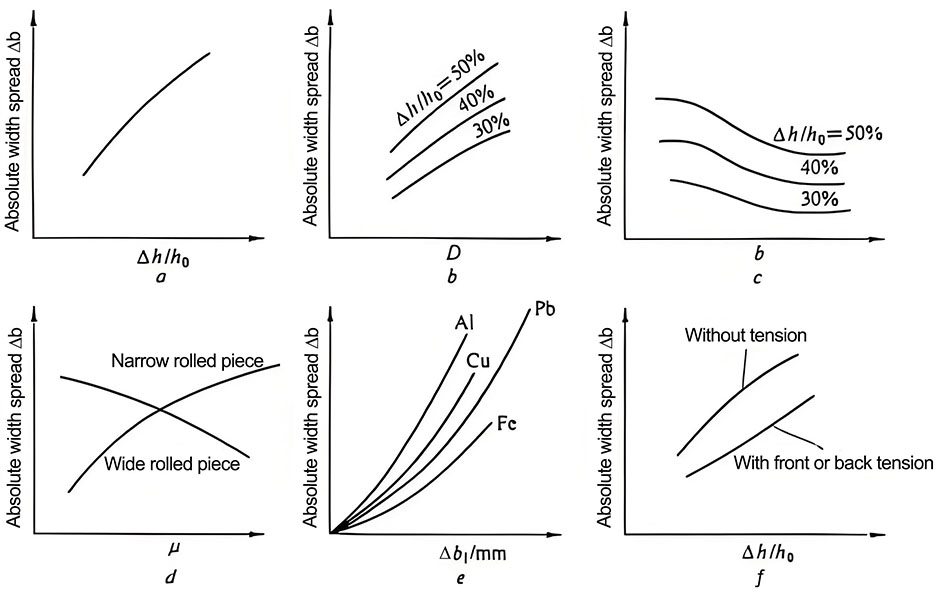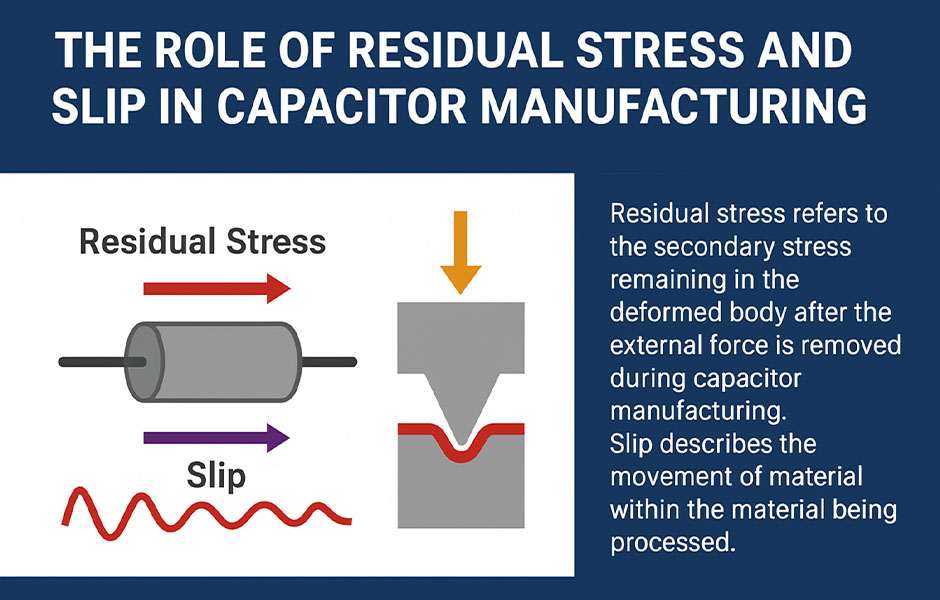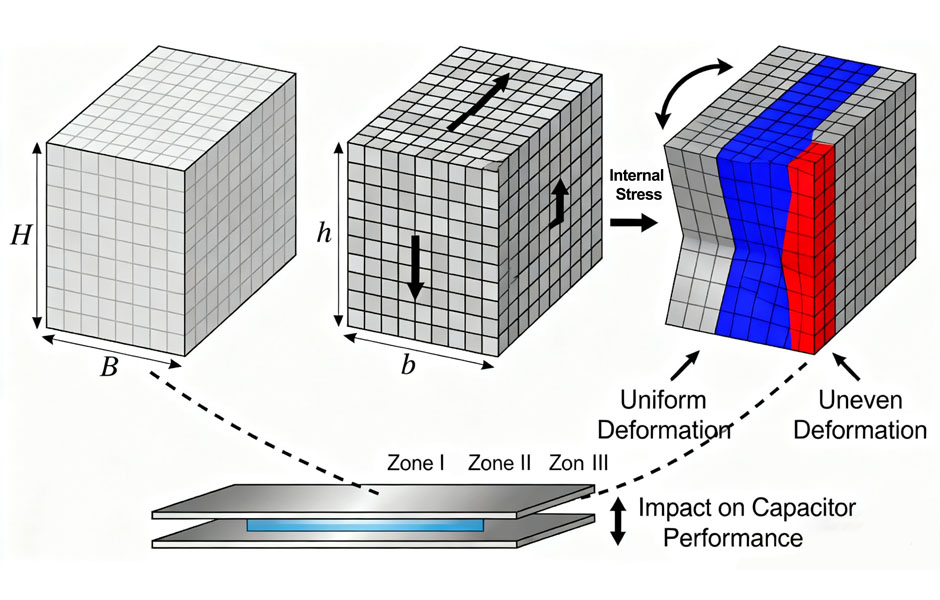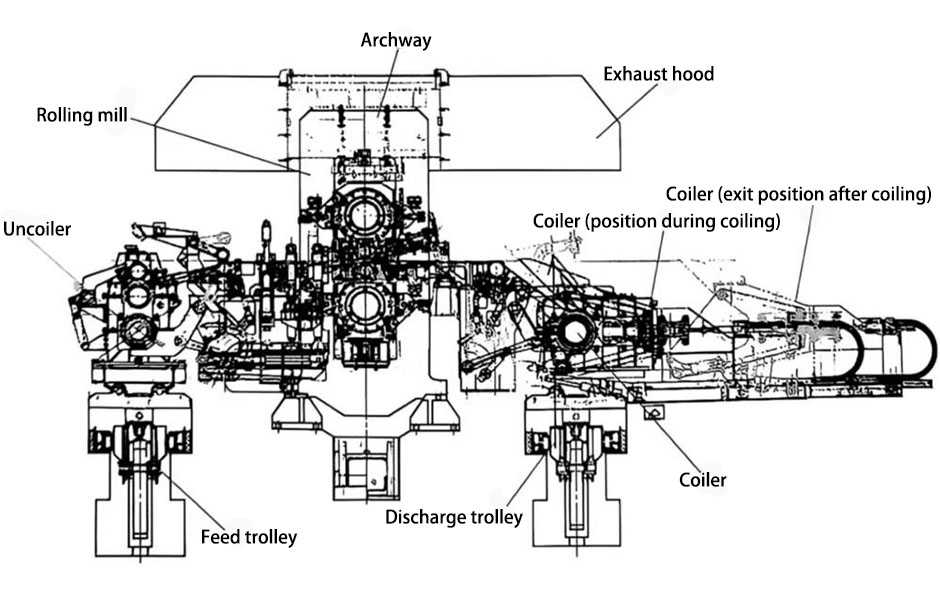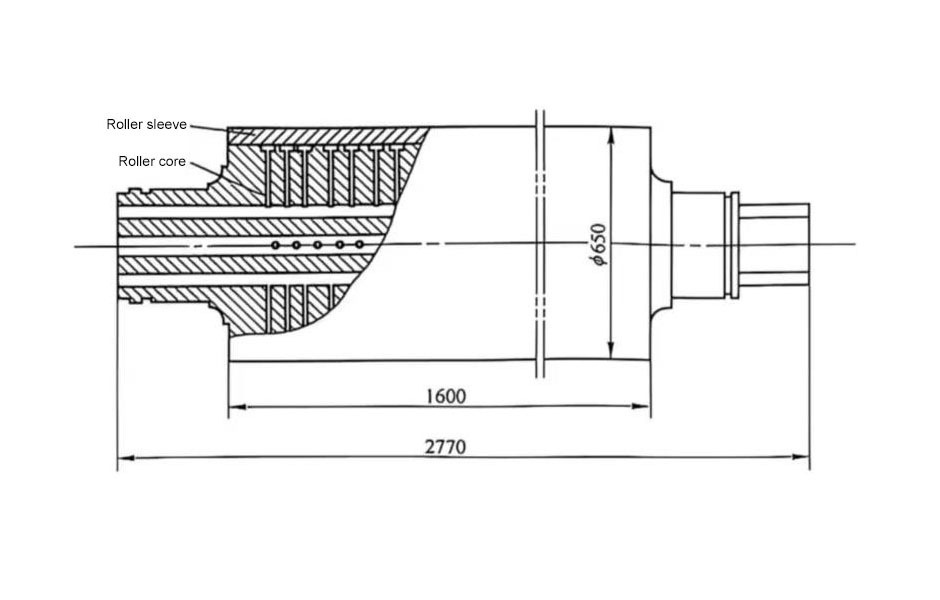Conventional film capacitors are generally classified into metallized polyester films and metallized polypropylene films depending on their materials. The polyester film capacitor is also called CL capacitor & MER capacitor; polypropylene film capacitor is called CBB capacitor & MPR capacitor. There are two main structures for each material; foil CL11, CBB11 and metallized CL21, CBB21, CBB22, and so on. In this way we can easily see their material and structure from the model.
CBB capacitors, polypropylene capacitors. With excellent high-frequency insulation performance, capacitance and loss are independent of frequency in a large frequency range, with small changes in temperature, and dielectric strength increases with increasing temperature, which is difficult for other dielectric materials. High temperature resistance, small absorption coefficient.
CL capacitors, polyester capacitors, also known as polyester film capacitors. The capacity can be from 100pF to several hundred uF; the working voltage is from tens of volts to tens of thousands of volts. High insulation resistance and good heat resistance. With self-healing and non-inductive properties. The disadvantages are large losses and poor stability of electrical parameters.

Difference between CBB capacitor and CL capacitor
♦ Loss: The CBB capacitor and the CL capacitor do not differ greatly in their appearance, but they differ greatly in their electrical properties. The loss of polyester capacitors is relatively large, typically around 50×10-4 at 1 kHz, which is comparable to paper-based capacitors. The loss (1 kHz) of the polypropylene capacitor is about 10×10-4, which is actually less than 5×10-4, which is about one tenth of that of the polyester capacitor.
♦ Insulation: CBB capacitors and CL capacitors have particularly good insulation properties and are superior to other capacitors. For example, a CBB22 type 100nF capacitor can have an insulation resistance of more than 50,000 megaohms.
♦ Temperature coefficient: The temperature coefficient of the CBB capacitor and the CL capacitor is generally about 300PPM/°C, but the CL type is a positive temperature coefficient and the CBB type is a negative temperature coefficient. It was previously described that the capacity of a CBB capacitor is reduced by about 1-2% when the temperature rises by 40°C. Therefore, neither capacitor can be made into a precision capacitor with an accuracy of ±5% (J).
